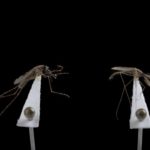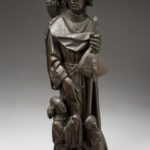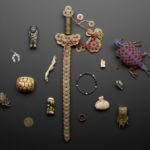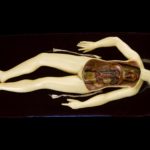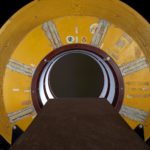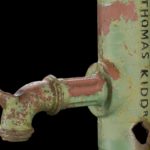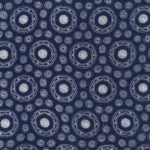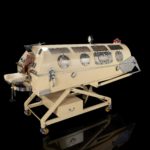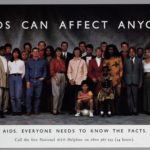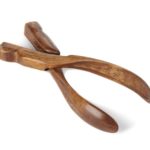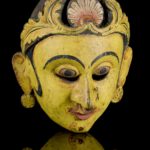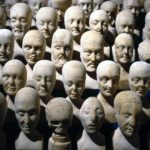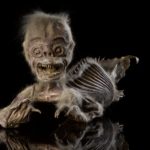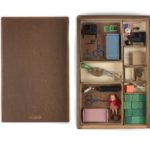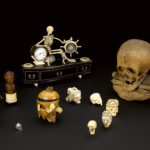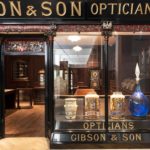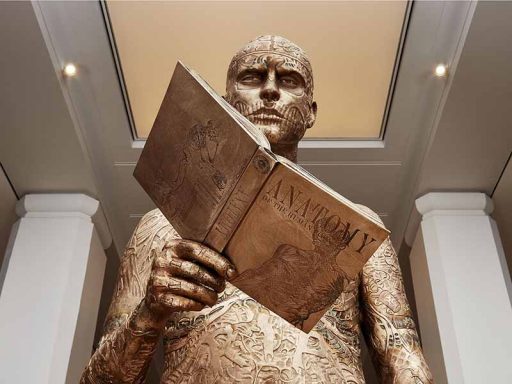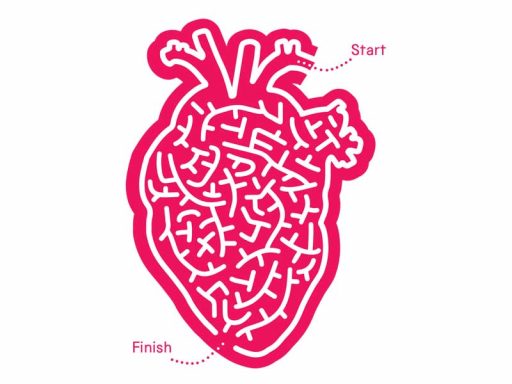Medicine and health care have shaped human lives throughout history. The objects in this image bank can illuminate the impact of living conditions on people’s health, the responses to epidemics and pandemics and attempts to improve public health.
In this image bank you can see striking photos of medical objects chosen to spark discussion in your classroom. All objects featured here are on display in Medicine: The Wellcome Galleries.
Images in this resource
Note
Click the thumbnails to skip to the full pictures.
Using images in your classroom
Our Science Museum Group museums are full of amazing objects which are all examples of how STEM (science, technology, engineering and maths) has changed our everyday lives.
You can use images:
- To hook students’ interest at the start of a lesson or to introduce a new topic.
- To highlight the relevance and practical applications of school subjects in our everyday lives.
- As part of a discussion to explore the stories of the people who have shaped the world we live in through their passion and creativity.
- As mystery objects to get your students using their STEM skills such as observation, using prior knowledge and asking questions.
- To create a display of applications of science in your classroom, connecting past, present and future examples of technology.
- In a pre-visit activity to familiarise students with some of the objects and themes they will find in the Science Museum.
talk about…
Use these questions to help spark discussion with the different images:
- What interests you or surprises you about these images?
- Why is this object important to the history of medicine?
- Who might have benefited from the use of this object?
- What do these photographs not tell us?
- What would you like to know more about? How could you find out more?
Laboratory mosquitoes (malaria research)
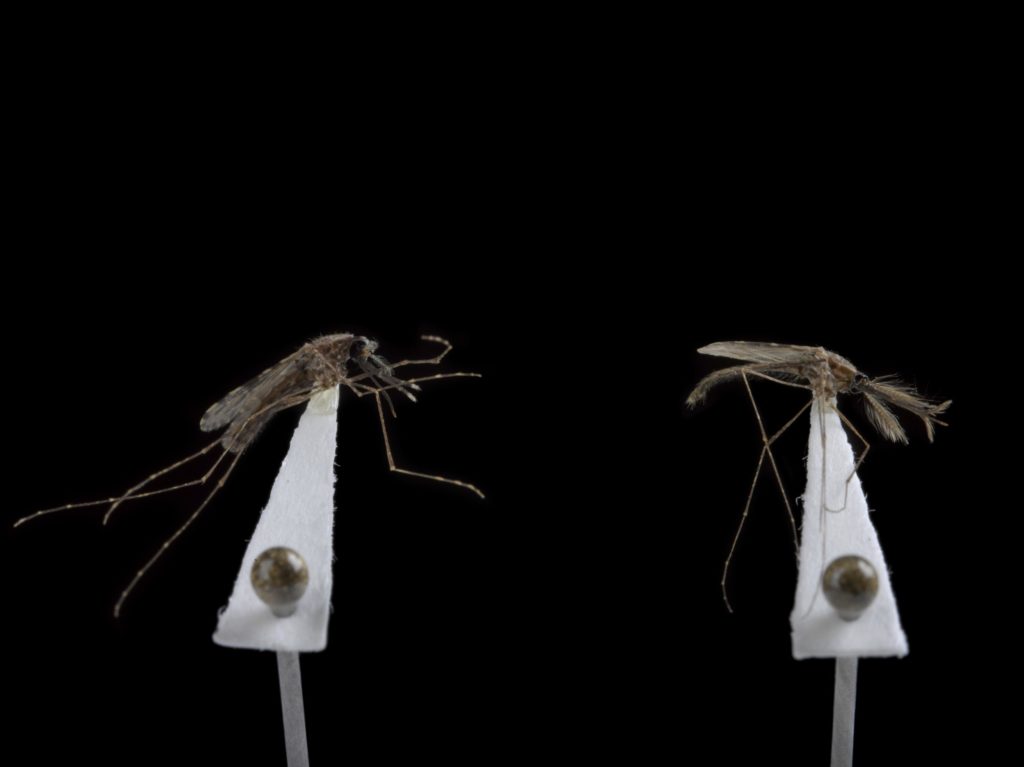
In 2018 these laboratory-bred mosquitoes had their genes modified so that they were born with unusual white eyes instead of typical red eyes. Researchers may go on to make less visible genetic changes to the mosquitoes that reduce their ability to spread the deadly disease malaria.
Think and talk about…
If you could do research to wipe out one sickness or disease, which one would it be?
What would it be like to work in a laboratory?
Back to top
Saint Roch carving
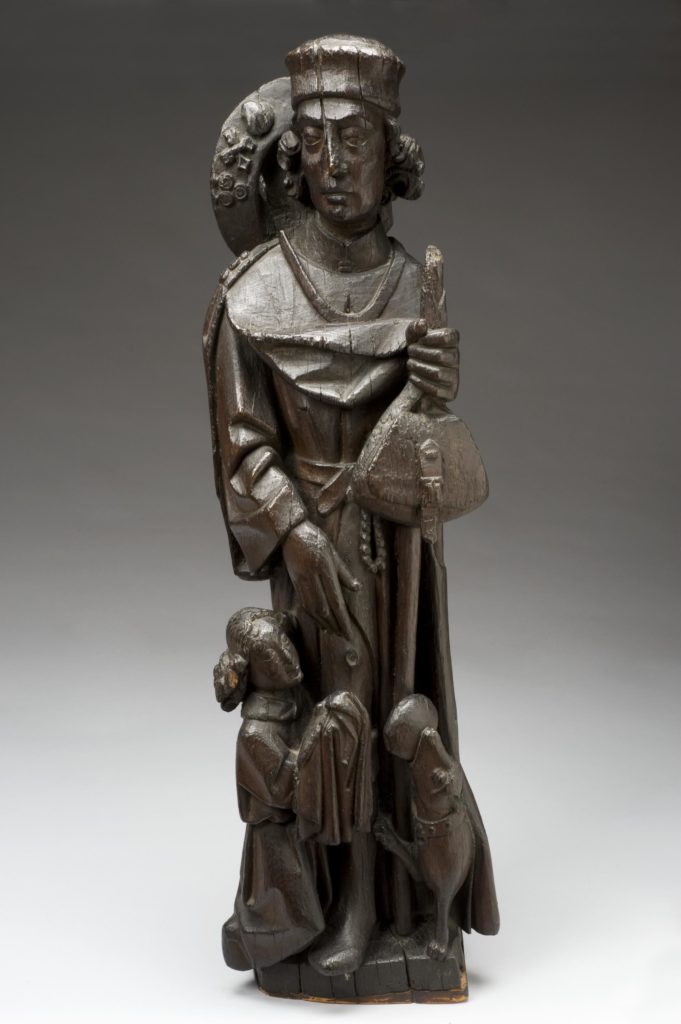
This carving of the Christian pilgrim Saint Roch (made 1400–1500) was believed to protect against and even cure the bubonic plague. The figure points to a swollen plague blemish – called a bubo – on his own leg. Once the plague no longer threatened Europe, people transferred Roch’s powers to threats such as cholera.
Think and talk about…
Which diseases might people assign to the protection of a figure like Saint Roch today?
Where else do we put our faith in times of illness? In our doctors? In our families? In ourselves?
Back to top
Amulets and charms
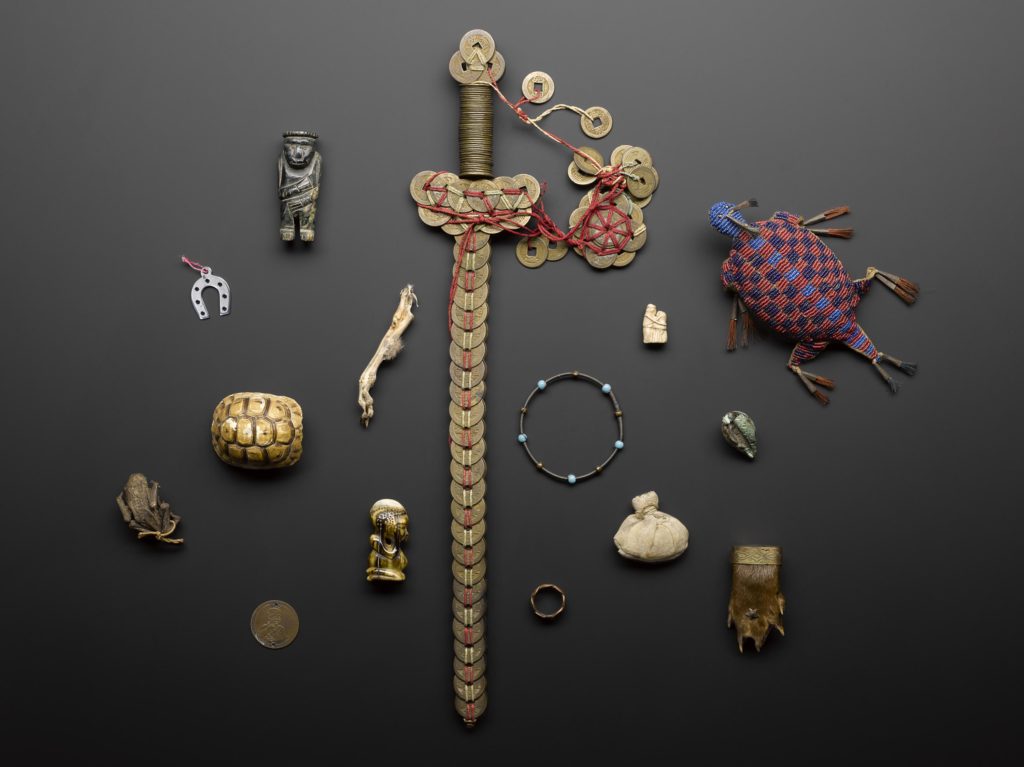
Amulets and charms (100 BC – 1940, various countries of origin) are symbols of people’s beliefs and hopes in times of illness. This varied collection includes a horseshoe and a rabbit’s foot as well as coins and jewellery.
Think and talk about…
Can you think of any other types of lucky charms?
Do you have a lucky charm or a special item of clothing you wear when you want to feel confident or protected?
Back to top
Mortsafe
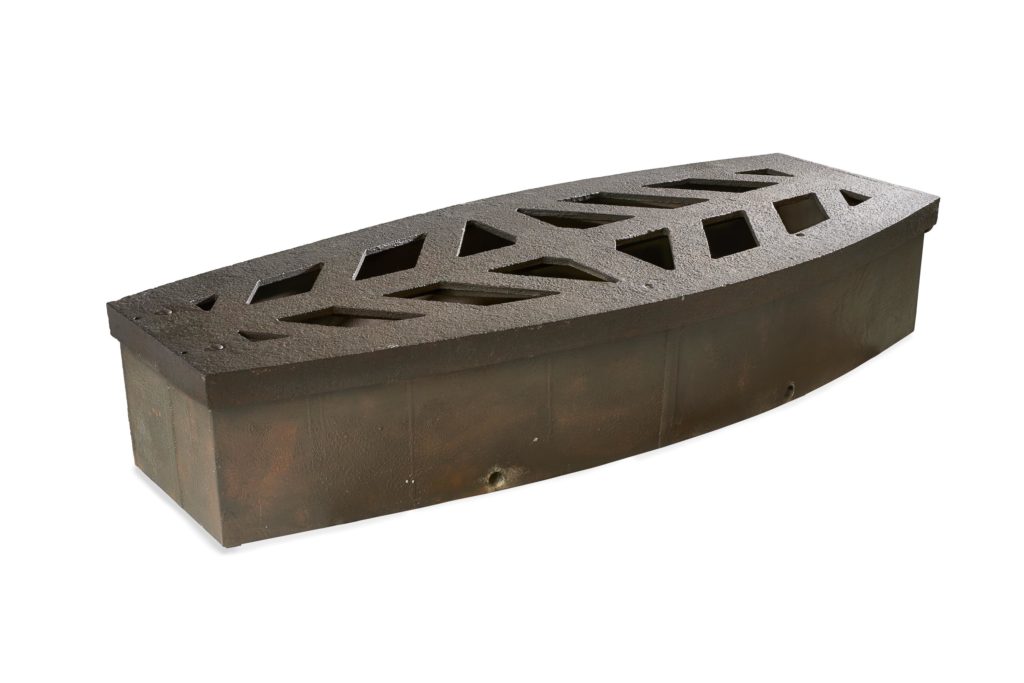
Families could rent an iron coffin cage called a mortsafe (1801–22) to protect the bodies of loved ones from being stolen and sold for dissection. Bodies were valuable to doctors learning about how to treat illness, but laws and religious beliefs meant that they were hard to obtain.
Think and talk about…
Why is it important that some people donate their bodies to science?
How does organ donation help society?
Back to top
Wax anatomical model
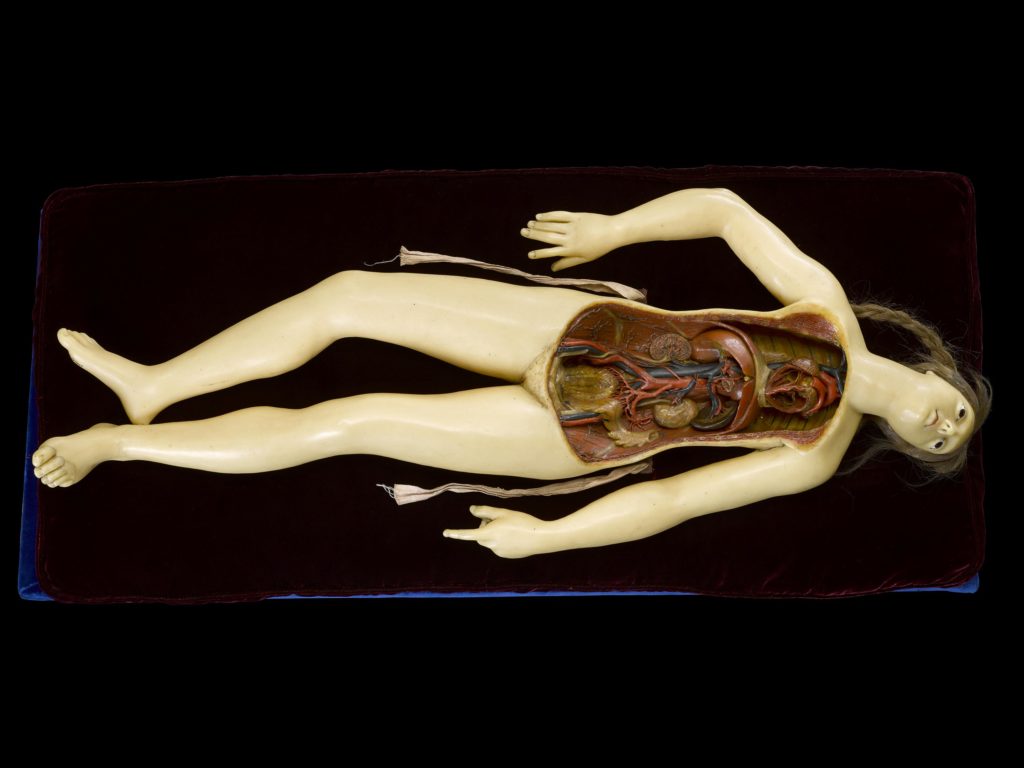
Made of beeswax and real human hair, this realistic female model (1770–1800) was used to teach anatomy in medical lectures. Its lifelike organs are removable. Models such as this were called anatomical Venuses because their postures were inspired by classical Roman statues.
Think and talk about…
Do you think this teaching model also looks like a work of art?
What do you think the relationship between art and science is today?
Back to top
MRI scanner
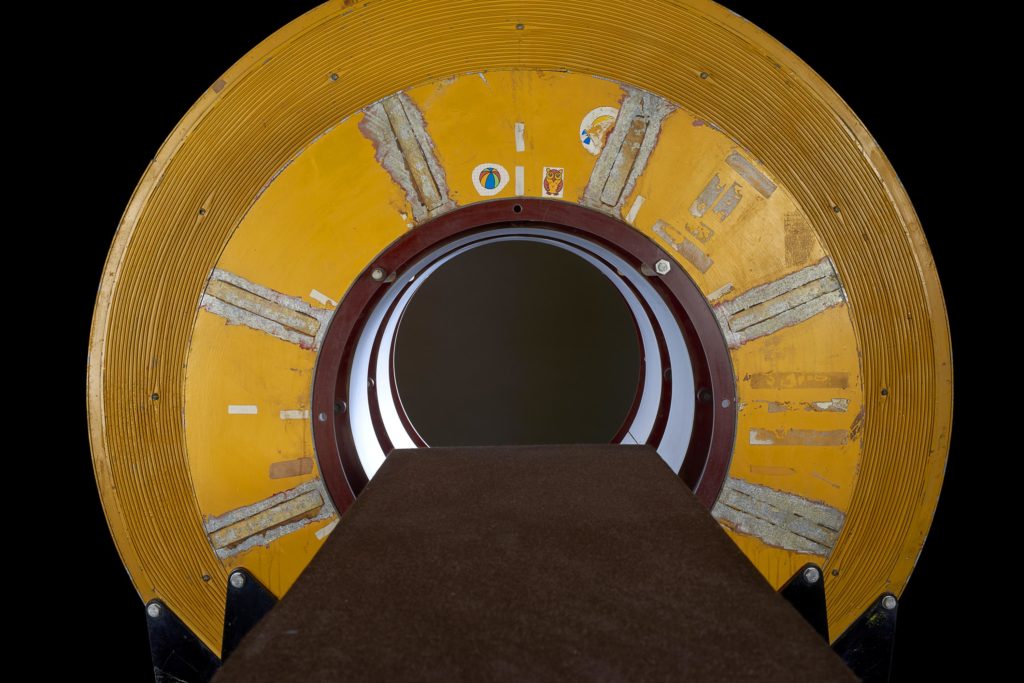
A team at the University of Nottingham built this early MRI body scanner (1978). The invention of magnetic resonance imaging allowed us finally to study the living body without using radiation or surgery.
Think and talk about…
How do you think it would feel to lie inside the narrow tunnel of the MRI machine?
What would you like to learn about how our bodies work?
Back to top
Community water pump
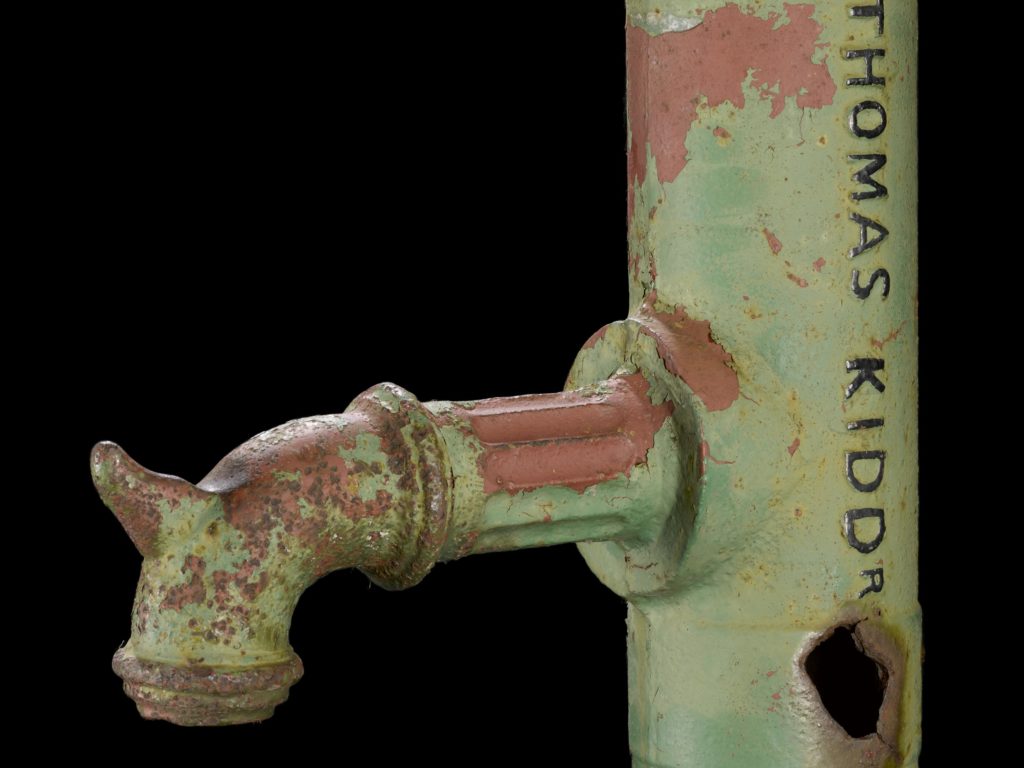
This cast-iron community water pump (1850–90) was both a convenient source of water and a potential source of illness. Diseases such as cholera could spread if a pump was attached to water sources into which people had tipped toilet waste.
Think and talk about…
How did people begin to understand diseases caused by things too small to see with the naked eye?
What could you do to help your community stay clean and safe during an outbreak of a contagious disease?
Back to top
Fabric printed with haemoglobin pattern
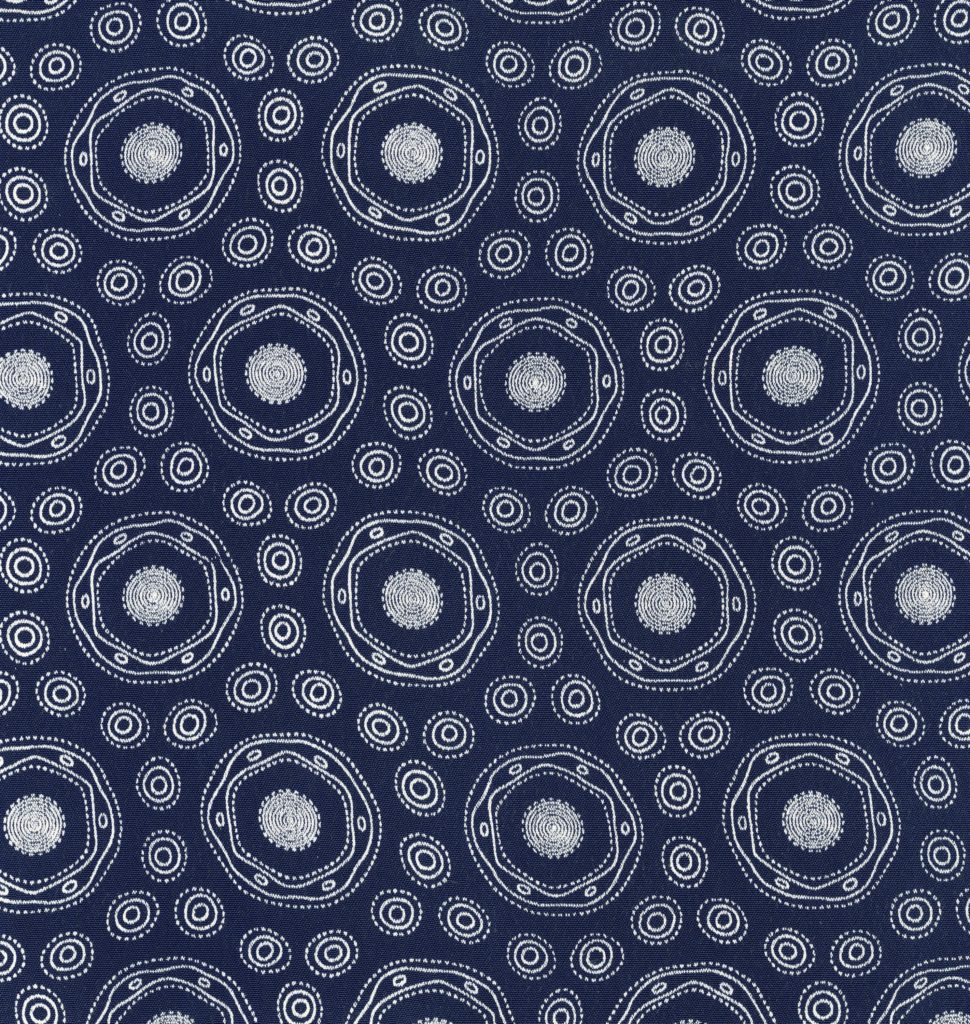
Patterns like this were used to decorate carpets and dresses, teacups and ashtrays. This British made cloth (1951) is printed with a pattern based on an X-rayed image of a haemoglobin molecule.
Think and talk about…
Where else in nature can you see patterns like this?
Can you think of any fashions, movies, comic books or novels that have been inspired by science?
Back to top
Iron lung

This iron lung (1953) is a respirator that helped people to breathe when their lungs were paralysed by the infectious disease polio. Some people recovered after a short time in an iron lung, while others depended on the machines to help them breathe for the rest of their lives. There is no cure for polio, but there is a vaccine to help prevent people from getting it.
Think and talk about…
What would it feel like to spend time lying in the iron lung? For one night? For a few weeks? For years?
How did governments in the past encourage people to get vaccinated? How do governments today promote vaccines?
Back to top
AIDS poster
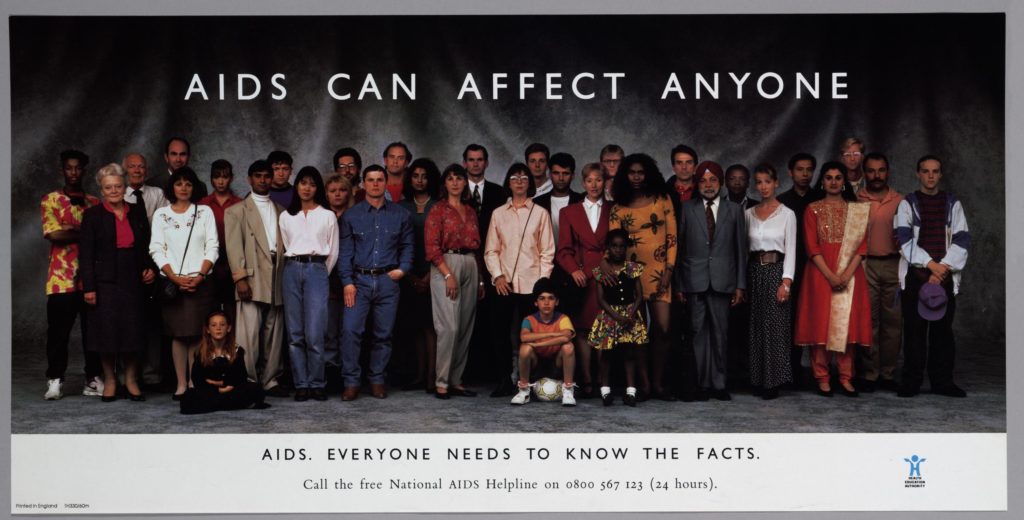
The Health Education Authority made this AIDS awareness poster (1987–99). It advertised a national AIDS helpline that anyone could call for advice or information. The intention of the poster was to remove stigma and teach people that AIDS could potentially affect anyone.
Think and talk about…
Which other important helplines are available in the UK now?
Which health advertising campaigns have made an impact on you? What made them effective?
Back to top
Wooden forceps

Wooden forceps like these were used in the late 1700s to grasp the baby’s head during difficult childbirths. Forceps could speed up the delivery of a child in emergencies. In some cases, metal forceps are still used today to help deliver babies.
Think and talk about…
Do you think wood is a good material for this instrument?
Can you think of other simple inventions that have helped save lives?
Back to top
Sanni (disease) mask, associated with smallpox
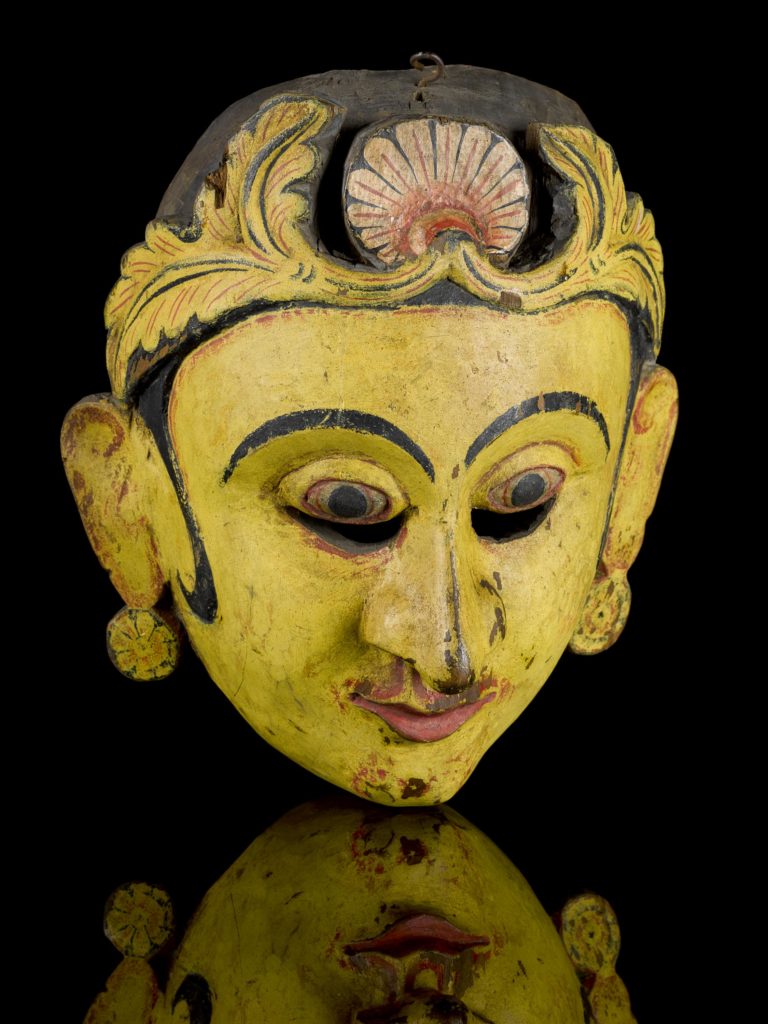
This Sri Lankan mask (1770–1860) represents Deva Sanniya, a demon associated with epidemic diseases. An inscription inside the mask links it with the disease smallpox.
Think and talk about…
Who do you think would have worn a mask like this?
How might it have been used in a community affected by smallpox?
Back to top
Phrenological heads
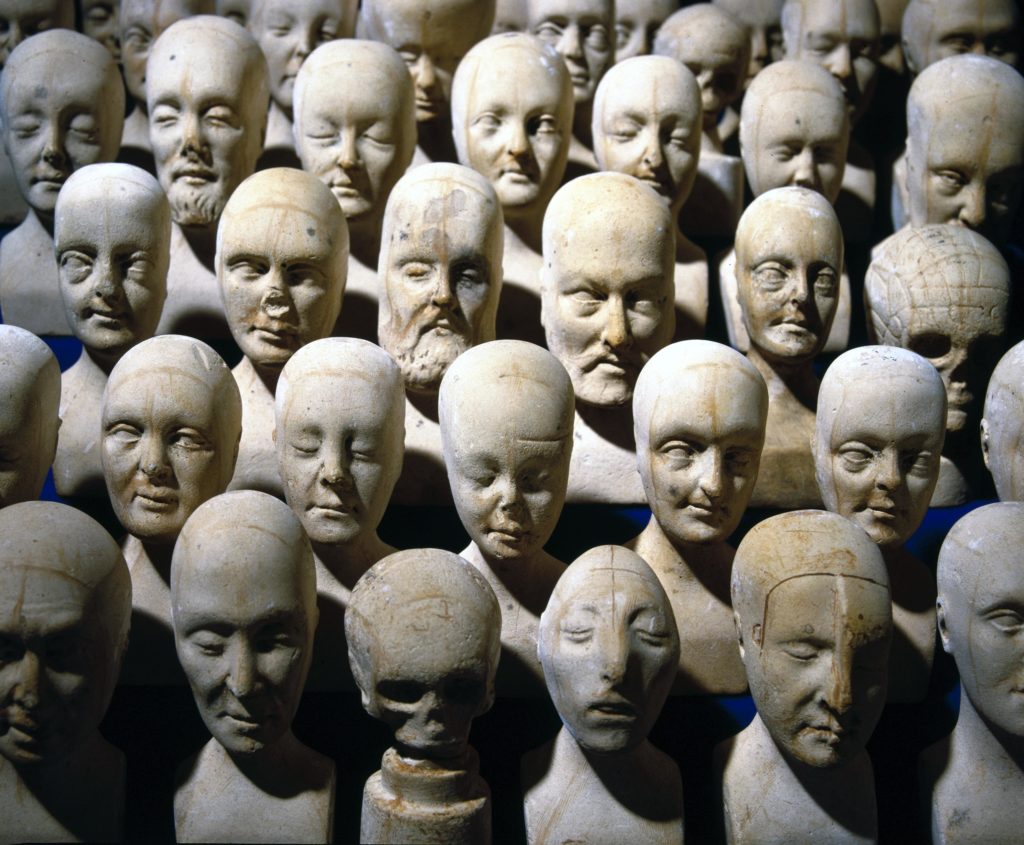
Nearly two centuries ago, this set of 60 miniature heads (1831) was used to teach phrenology, the idea that the shape and size of a person’s head could reveal their intelligence and personality. Phrenology has since been rejected by the scientific community.
Think and talk about…
Why do you think some people in the 1800s imagined that a person’s head shape could reveal their character?
What do you think separates scientific fact from fiction?
Back to top
Merman
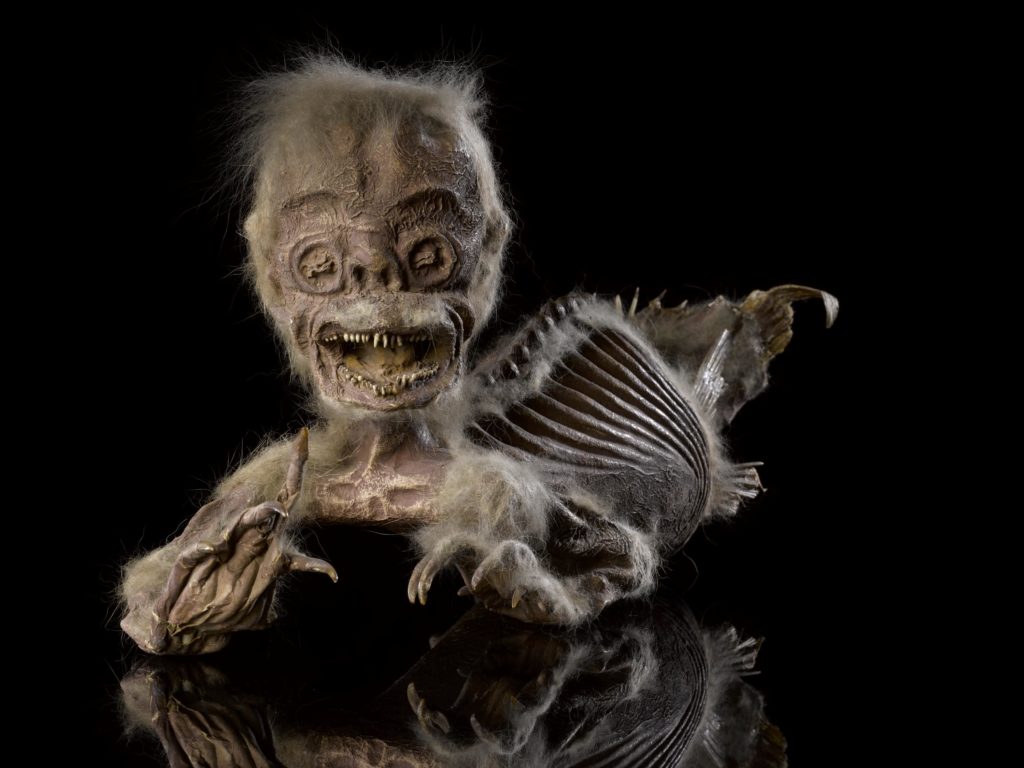
This ‘merman’ (1800–1900, Netherlands or Japan) is a mystery. It is a papier-mâché model – part monkey, fish and bird – made with animal teeth, scales and talons. It may have been sold as a souvenir for travellers, a charm to give its owner eternal life or a token to ward off disease.
Think and talk about…
Why do you think someone would make a fake merman skeleton?
How can we determine if something is real or fake?
Back to top
Intelligence test
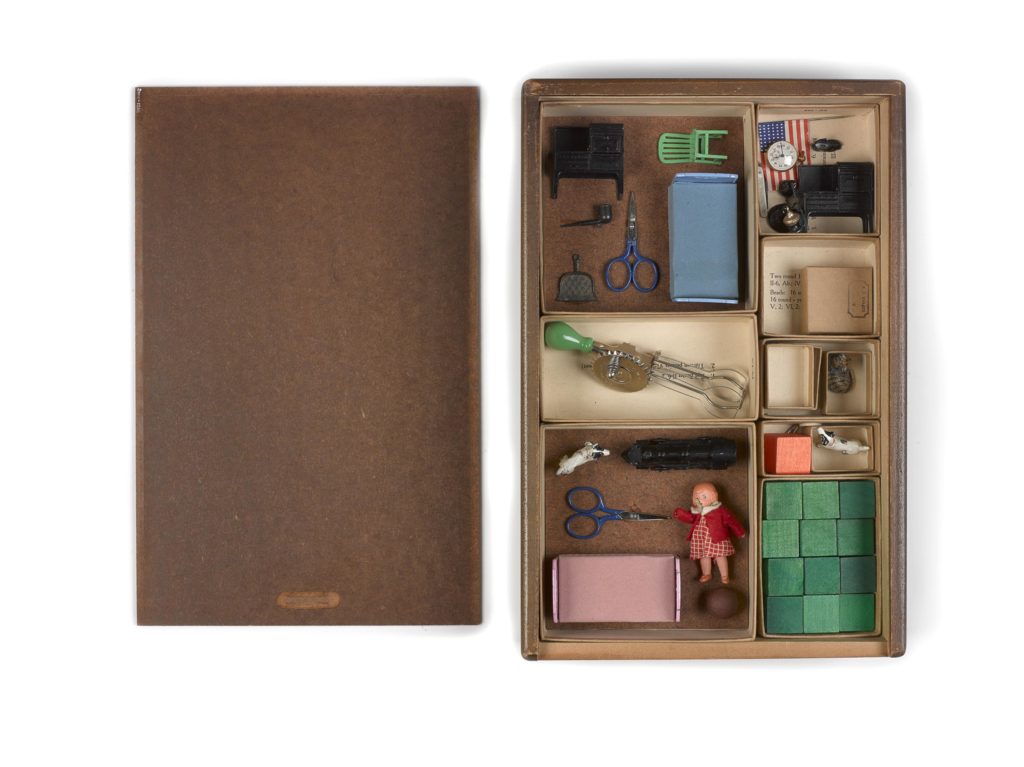
Devised in 1937, this Stanford–Binet intelligence test for children is a boxed set of miniature objects that could be used to test children’s understanding, memory and overall intelligence.
Think and talk about…
Do you think that intelligence can be fairly measured by a standard test?
What does intelligence mean to you?
Back to top
Memento mori

This set of figures (1600–1936, Europe and Japan) are ‘memento mori’, which is Latin for ‘remember you must die’. They act as reminders to treasure life and health, and were particularly fashionable in the 1700s and 1800s.
Think and talk about…
What attitudes do we have about death today?
Do you think current ways of thinking and talking about death are much different from those in the past?
Back to top
Pharmacy (Gibson and Son)
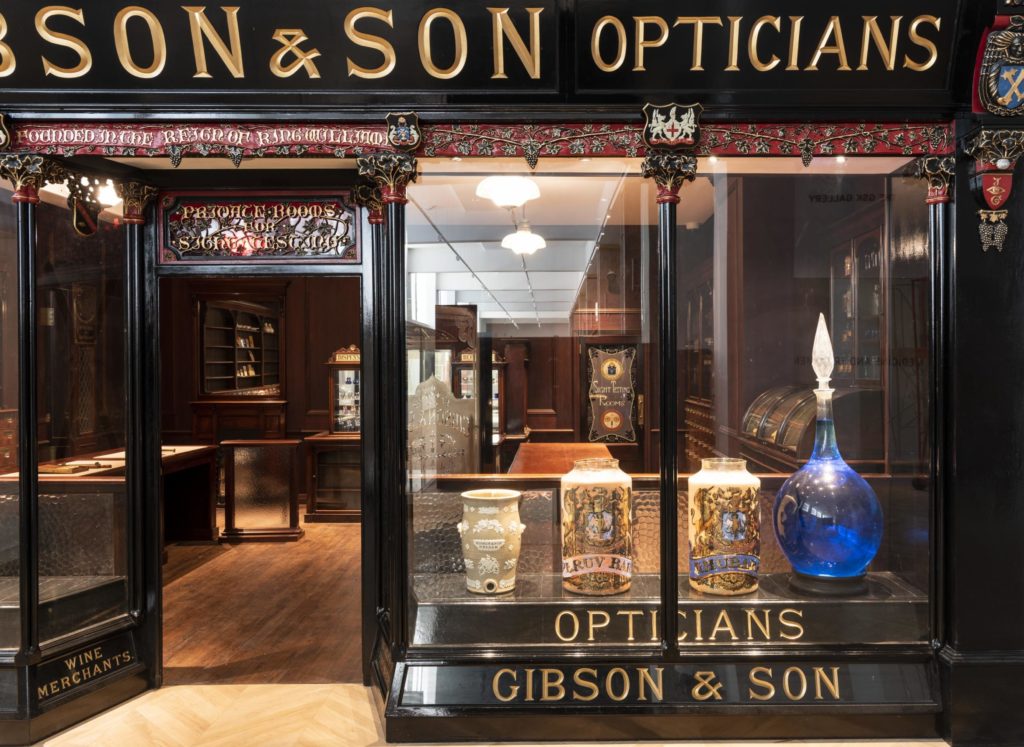
Set up as it looked in 1911, this pharmacy still contains many of its original shelves, drawers and signs. It offered a wide range of services including an optician.
Think and talk about…
How is your high street pharmacy different to this pharmacy? How are they the same?
Without the NHS, how might health care in Britain be different?
Back to top
Explore more
Find out more about medicine in our Science Museum Group resources and galleries:
Medicine: 3D objects
Medicine: The Wellcome Galleries
KS3/4 Marvels of Medicine activity trail
Who Am I? gallery
